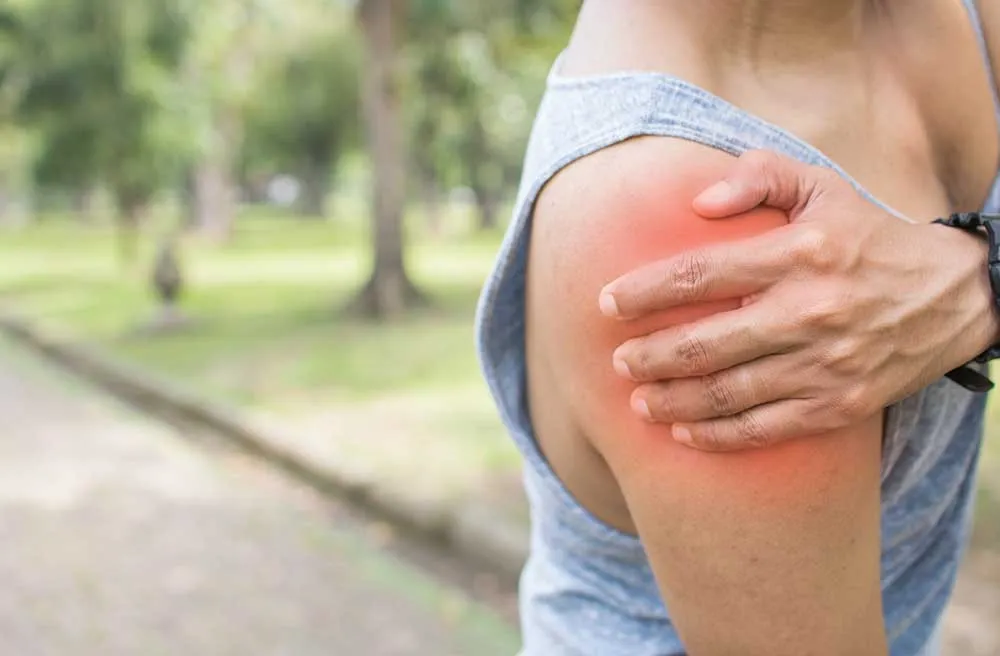
Rotator cuff pain describes a condition that causes pain and inflammation in the rotator cuff, a series of four muscles and tendons that surround and help to stabilise the shoulder joint. The rotator cuff helps to keep the shoulder joint stable and therefore allows it to move through a wider range of motion than most joints.
Rotator cuff pain is one of the most common causes of shoulder discomfort, experienced by a large percentage of adults.
Contact Us 020 8004 6659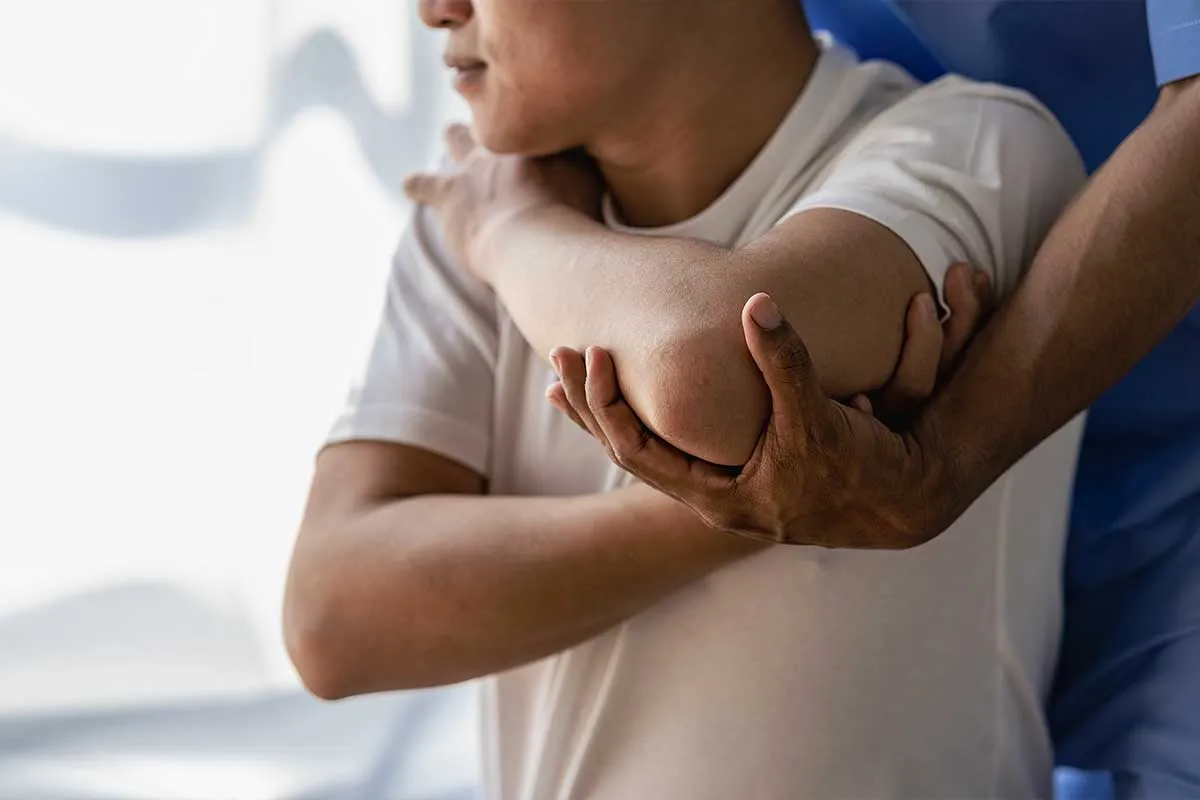
Rotator cuff pain can affect people of all ages, but it is more common in older adults. It is also more common in individuals who participate in activities that require repetitive overhead movements, such as athletes, painters, and plumbers.
Other risk factors for rotator cuff pain include:
The main symptom of rotator cuff pain is discomfort in the shoulder, often localised to the front and outer side of the shoulder that can radiate into the outer, upper arm and occasionally to the outer aspect of the elbow. Pain may be felt at rest, but it is usually worse with activity, especially activities that involve lifting of the arm beyond shoulder height, i.e. when reaching for a high shelf or with rotation of the arm, for example when putting on a jacket or reaching back for a seatbelt in a car.
Other symptoms of rotator cuff pain may include:
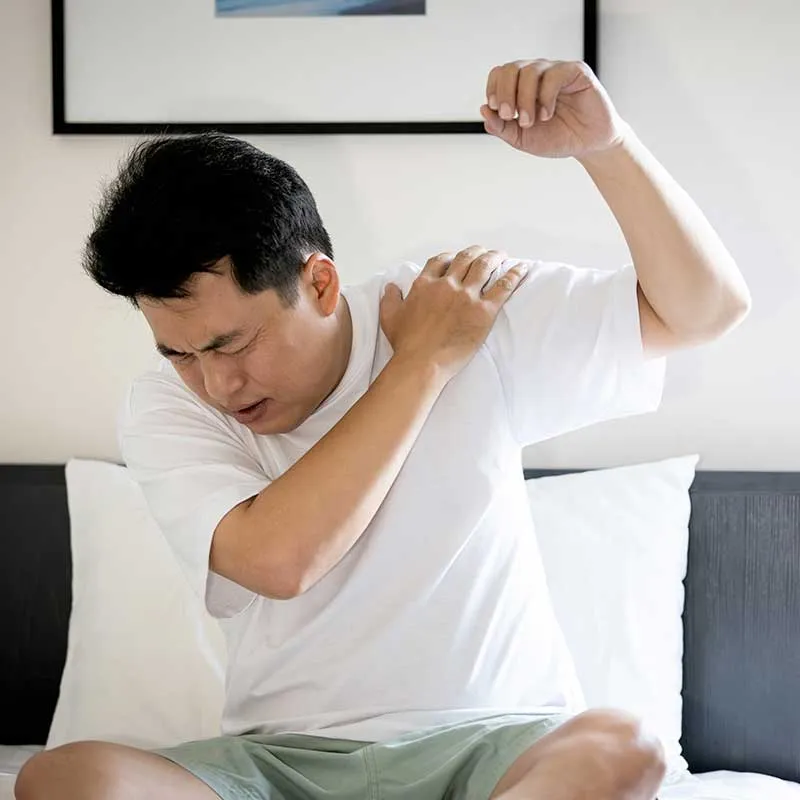
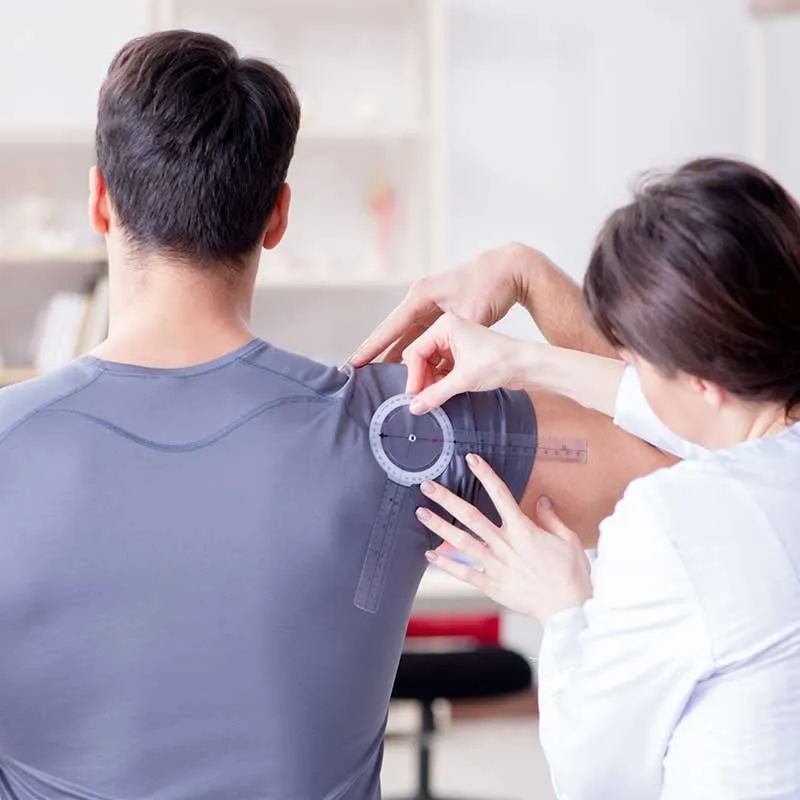
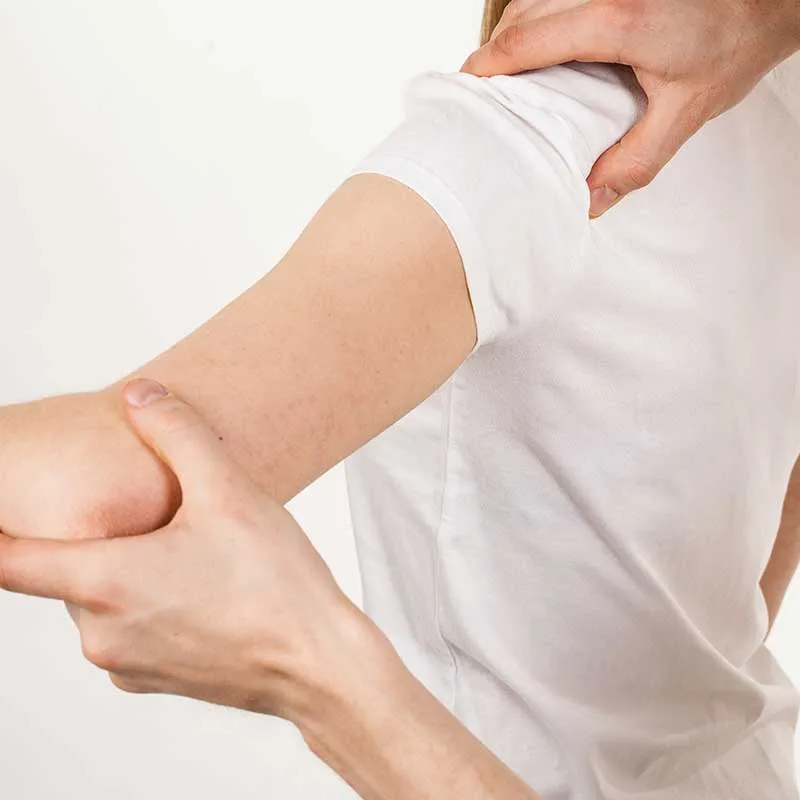
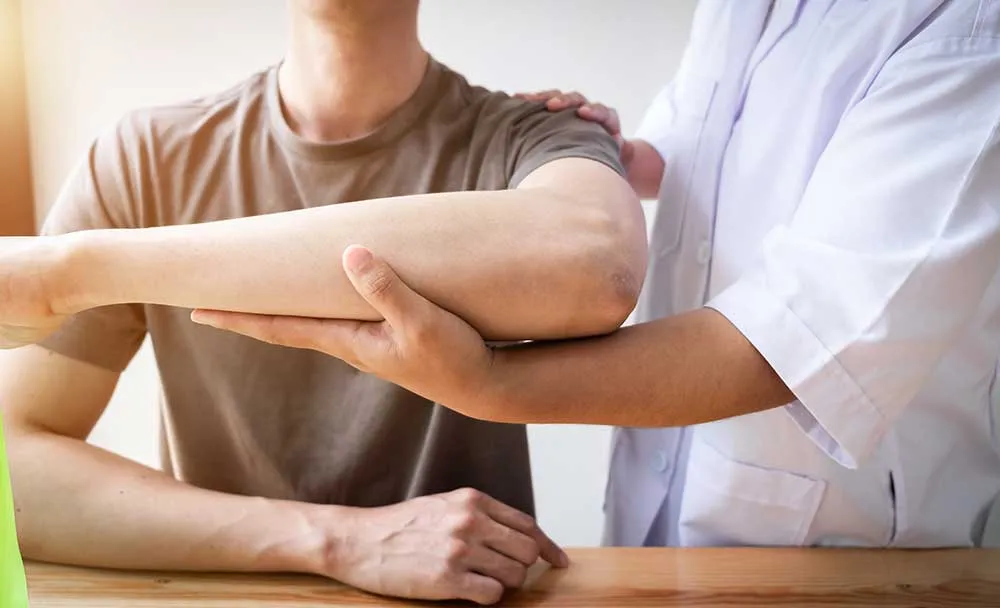
To diagnose rotator cuff pain, a doctor will typically ask about your medical history and perform a physical exam. The doctor may also consider imaging tests, such as ultrasound or MRI scans, to clarify the extent of any rotator cuff damage or injury.
Contact Us 020 8004 6659The treatment for rotator cuff pain depends on the severity of the injury and the underlying cause. Non-surgical treatments are often effective for relieving pain and improving function. Non-surgical treatments may include:
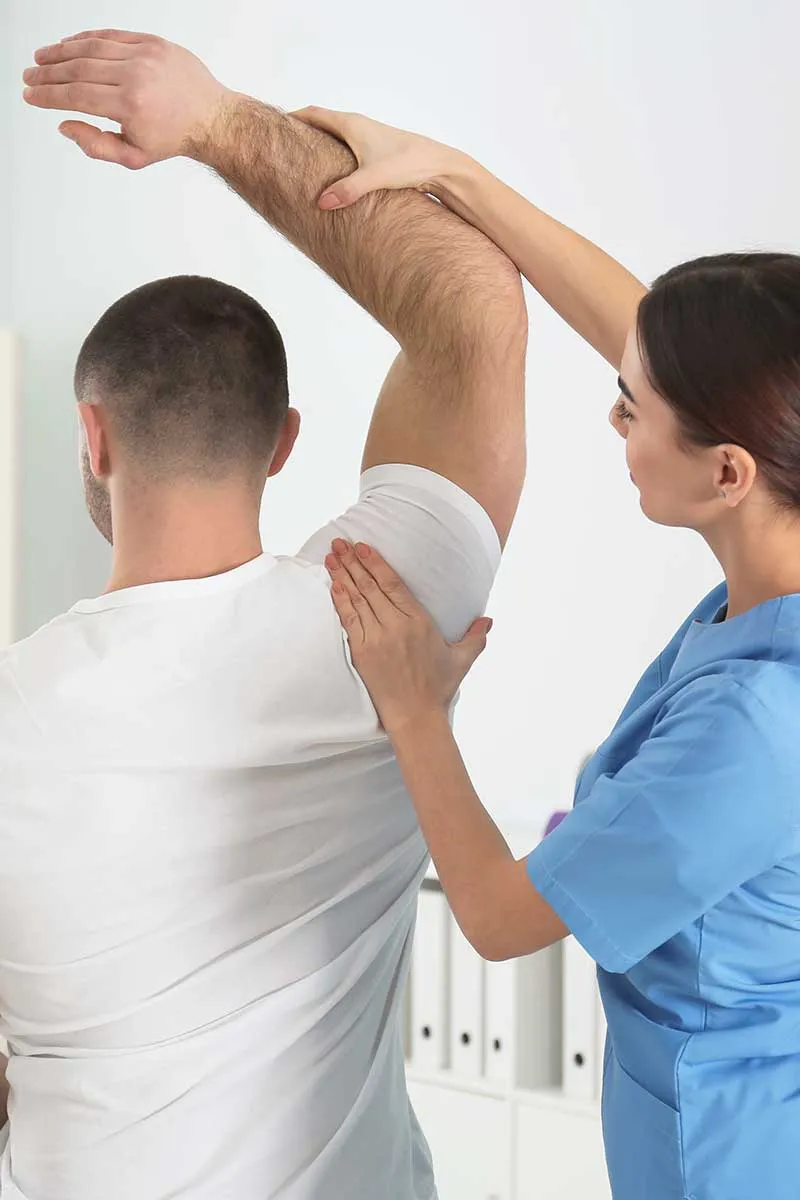
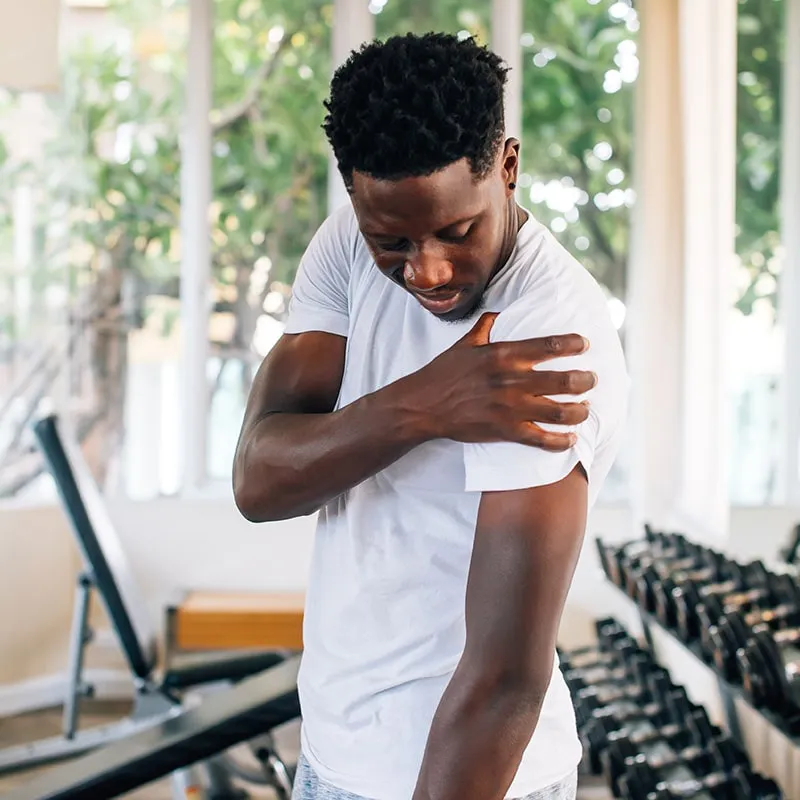
Corticosteroid injections can be a highly effective way of reducing inflammation and pain in the region of the rotator cuff and aim to target a structure called the sub-acromial/deltoid (SASD) bursa which lies superficial to the rotator cuff and provides an excellent target for pain and inflammation associated with rotator cuff pain.
At The Joint Injection Clinic, corticosteroid injections are performed after a thorough consent process, whereby the risk and benefits of the procedure are discussed in detail with your doctor. The experienced medical doctor will then place you in a seated position on the edge of the bed with the hand laying comfortably in your lap. The shoulder is cleaned using a cleaning solution to ensure that the procedure is performed under sterile conditions. Local anaesthetic is sometimes injected from the skin to the bursa under ultrasound guidance. After giving the local anaesthetic a few minutes to take effect, the bursa injection is performed with a small dose of steroid and local anaesthetic, targeting the bursa, superficial to the rotator cuff tendons.
The injection itself is normally completed within 30-60 seconds, after which a plaster is applied and post-injection advice is given. The patient is advised to look out for any signs of infection, specifically to check whether the local area becomes red, hot, tender, swollen or if they develop a fever. If this occurs then the patient is asked to contact the clinic immediately at which time a formal reassessment will occur and if needed oral antibiotics can be prescribed. The patient is also warned that following any injection they may notice a short-term worsening or flare in their symptoms after the local anaesthetic has worn off (4-5 hours). This may last for 3-5 days and the patient is advised to consider icing of the area using an ice pack for 10-15 minutes every hour as required.
If non-surgical treatments are not effective, surgery may be an option. The two most common types of surgery for rotator cuff pain are arthroscopic surgery and open rotator cuff repair.
The best treatment option for you will depend on the severity of your rotator cuff pain, the extent of any tendon damage/injury, your overall health, and your activity level/functional requirements.

In addition to medical treatment, there are a number of lifestyle changes that can help manage rotator cuff pain and improve function. These include:
If you have rotator cuff pain, it is important to work with your doctor to develop a treatment plan that is right for you. With early diagnosis and treatment, most people can recover from rotator cuff pain and return to their normal activities.
Contact Us 020 8004 6659